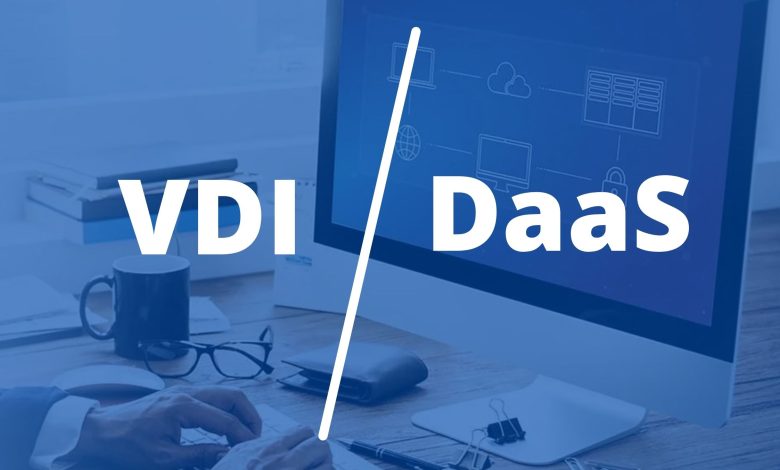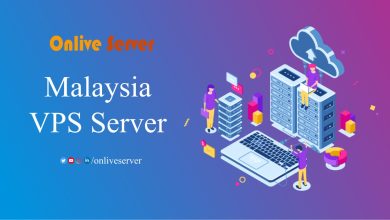Finding The Right Choice for Your Business (VDI vs. DaaS)

Anyone who has worked in an enterprise computing environment for any length of time has used a virtual machine (VM) at some point. Local virtual desktop infrastructures (VDI) were once the norm. Still, today’s bandwidth and cloud possibilities make Desktop as a Service (DaaS) much more realistic. And COVID-19 makes DaaS even more appealing.
What is Virtual Desktop Infrastructure (VDI)?
VDI has existed for a long time and was formerly the only technique to operate a virtual desktop. Put a server in the data center, load it with virtualization software, and start spinning up some computers, and you’re ready to go.
The IT team is responsible to manage VDIs since they are centrally situated. It implies that all hardware, software, licensing, and deployment are in-house. Latency is low, the IT department has total control, and work can continue even if internet connectivity is lost.

But it isn’t to argue that VDI is without flaws. While managing hardware and software internally is easy, VDI solutions need specialized IT professionals to handle all conceivable scenarios. Hardware failures, software problems, and everything else that goes wrong must be addressed in-house, which may be costly.
What is Desktop as a Service (DaaS)?
At its most basic level, DaaS is a virtual desktop infrastructure (VDI) hosted in the cloud by Citrix, Amazon, Ace Cloud Hosting, VMware, Microsoft, or Google. DaaS is “VDI that’s someone else’s responsibility,” according to Citrix’s Kenneth Oestreich. Because the provider manages all of the hardware with DaaS, you won’t have to worry about Rackspace, hardware failure, or maintenance.
DaaS solutions are often priced per seat and are based on a subscription model. It’s tempting to hurry into a DaaS system to clean the clutter of a data center and IT staff’s schedules, but there are many reasons why this isn’t the most excellent choice.

“There are two categories of DaaS providers: barebones systems and business-ready solutions,” Oestreich said. Most DaaS suppliers only supply the most basic of systems, including standard Windows software; everything that users need to complete their work must still be provided and set up by the IT department.
What are some excellent DaaS use cases?
According to both Oestreich and Hill, business-ready DaaS systems may help specific types of enterprises. Employees can be provided workstations without setting up hardware, and anybody wanting to test hardware and software profiles can benefit from a wholly cloud-based solution.
According to Oestreich, Citrix partners who provide vertical integration have had success, and he views this as the future of DaaS solutions. Partner firms such as Approach Technology and TekLinks provide industry-specific DaaS systems and are quickly expanding. These specialist suppliers may package industry-specific software directly onto DaaS servers, taking care of all licensing and setup. Compliance alternatives for different businesses are also available via Amazon WorkSpaces, Evolve IP, and MTM Technologies AnywhereApp.
Should I hold off on investing in DaaS?
“DaaS may easily grow to $100 per user per month or more when you combine all the service components for a fully managed solution,” Hill added. He claims that one of the main reasons VDI isn’t going away overnight is the expense
The initial cost of DaaS may seem low, but that is just for the most basic system; in such circumstances, IT personnel will still be responsible for software installation and VM deployment. When you add in the hundreds of dollars for each seat, you may not be able to save any money.
Consider local VDI systems like a vehicle that you’ve already paid off: all you have to worry about now is the expense of upkeep. Although a new automobile may seem enticing, the monthly costs might rapidly exceed the yearly cost of maintenance on an older model. Similarly, a significant sum of money spent on VDI servers may seem to be a lot at first, but it’s much easier to manage if spread out over a year.



